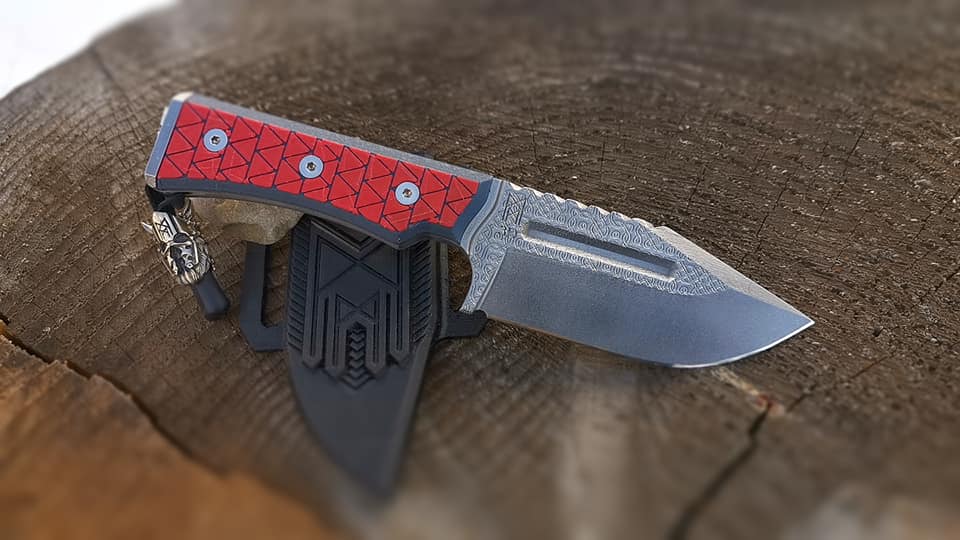- Joined
- Aug 3, 2018
- Messages
- 1,373
What are your thoughts? My first thought was that the steel is probably doo doo.
Proprietary MM3D steel for 3D printing…

 midgards-messer-shop.com
midgards-messer-shop.com

 toolsforgents.com
toolsforgents.com
Proprietary MM3D steel for 3D printing…

Midgards knife MM3D the first knife made of printed hardened steel
Midgards Knife MM3D
 midgards-messer-shop.com
midgards-messer-shop.com

Midgards Messer MM3D Custom Fixed Printed Steel Made in Germany (100 % STAINLESS) - Tools For Gents
Midgards Messer MM3D Custom Fixed Printed Steel Made in Germany (100 % STAINLESS) Midgards Messer MM3D Custom Fixed Printed Steel Made in Germany (100 % STAINLESS)
